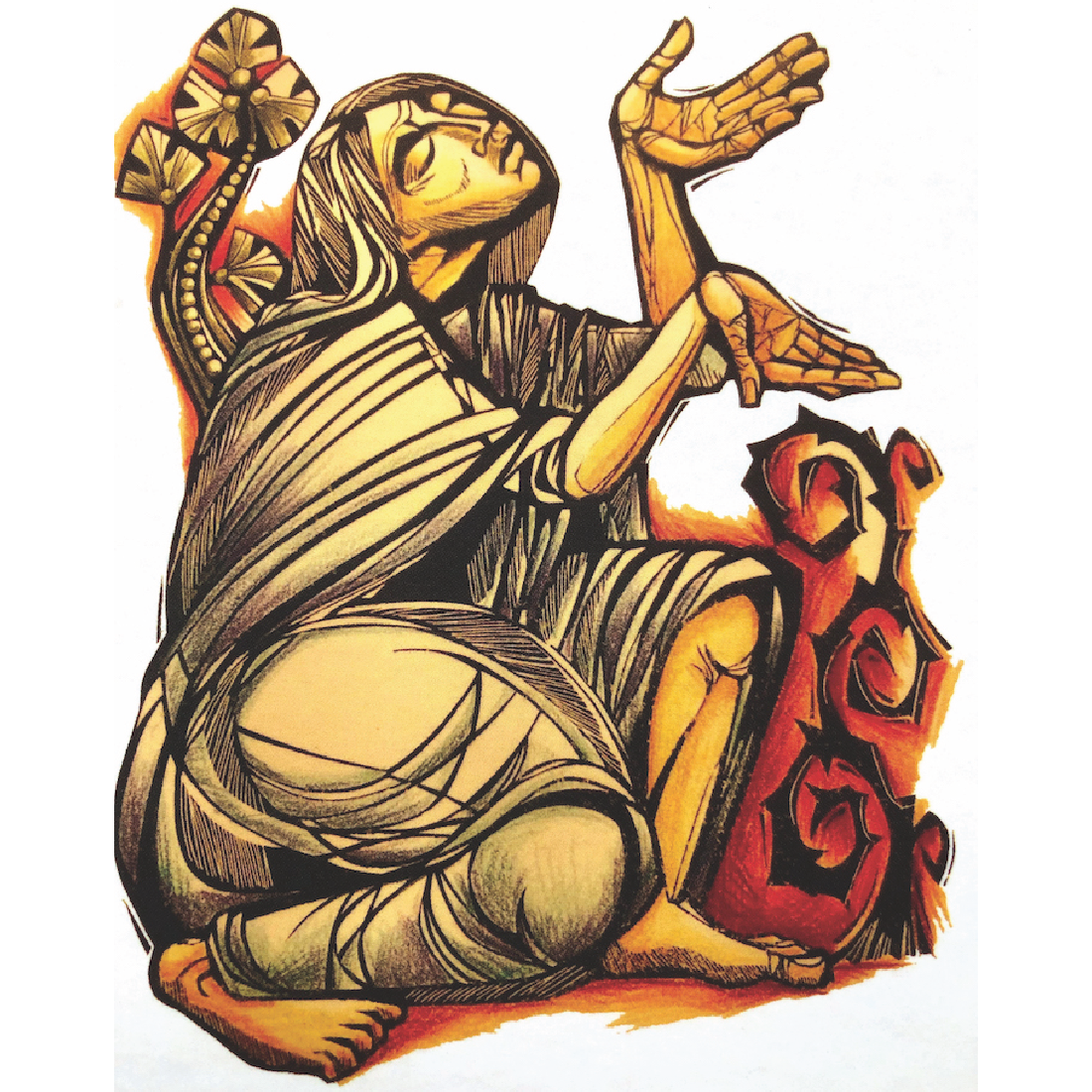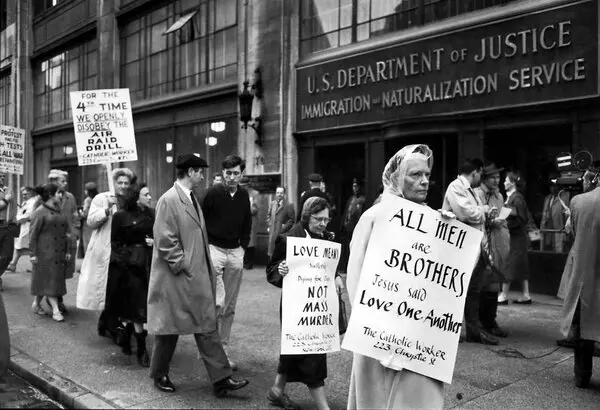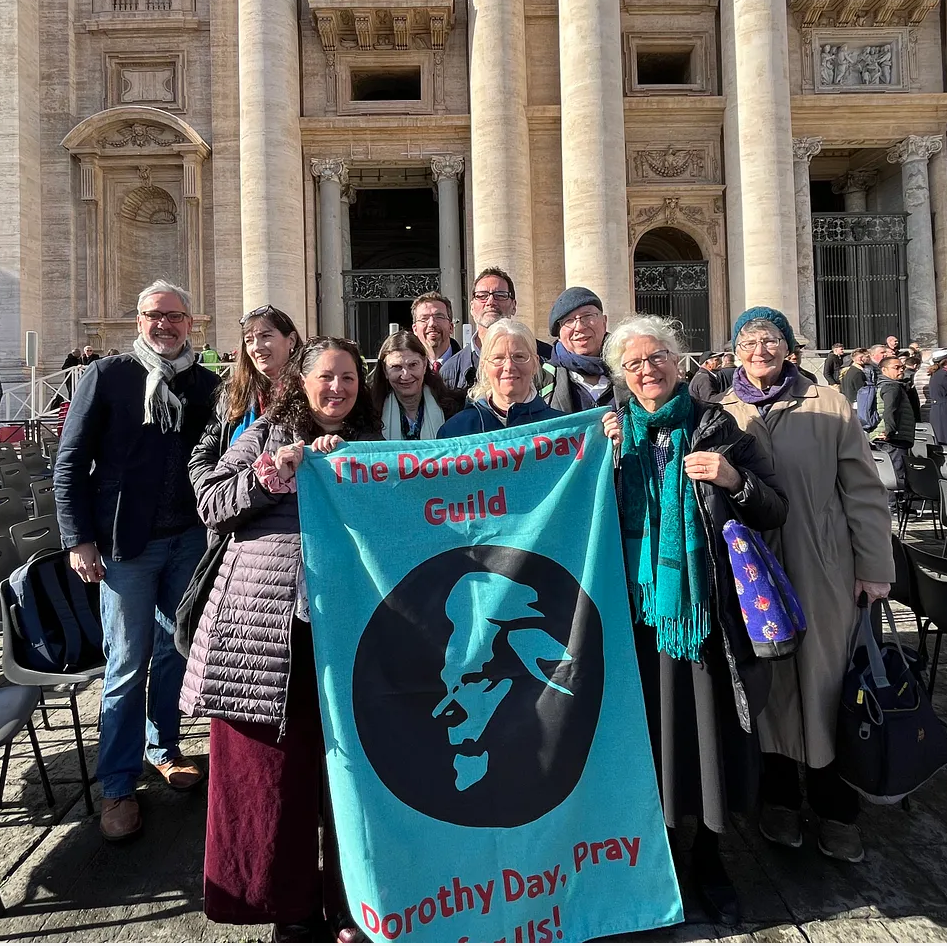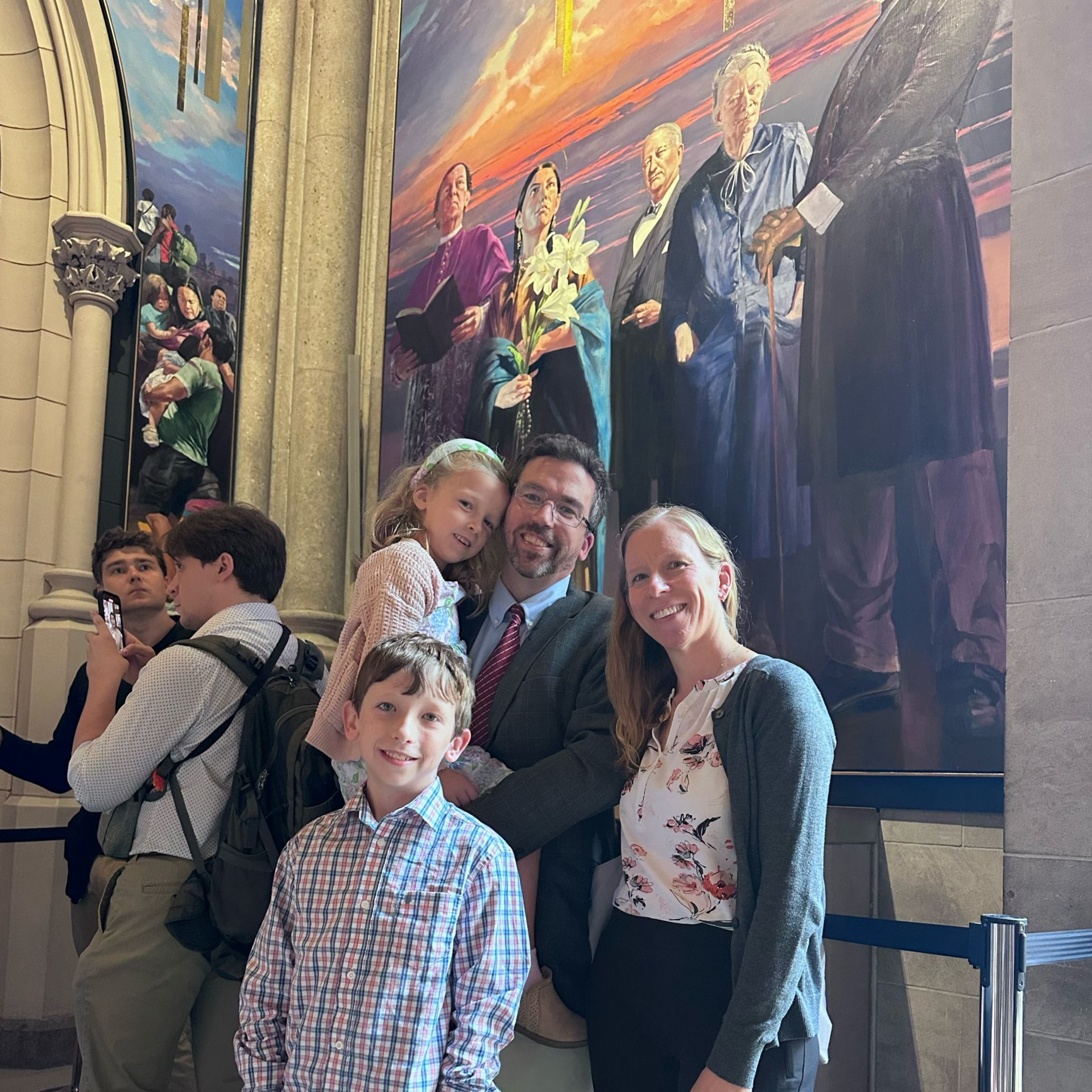In spite of criticism, isolation, and even imprisonment, she held fast to the truth of the non-violent Jesus. Often she cited the inspiration of St. Francis of Assisi. Fr. Stephen T. Krupa, S.J., (in Dorothy Day and the Catholic Worker Movement: Centenary Essays
, Marquette University Press, 2001), movingly records her testament. It reads like a litany prayed to strengthen us of more wavering convictions in the “law of love”:
Day attempted to render the law of love into countless situations of conflict.
When the nation and the Church sanctioned war, Day refused to abandon
her deep-seated pacifism.
When society and the Church ignored the lynching of black Americans in the
South, Day denounced the hangings and racial violence on the front page of
her newspaper.
When labor demonstrations grew violent, Day called for nonviolent tactics of
resistance and fed and housed striking workers.
When the secular press neglected to report the hiring by factory owners of
scabs to incite violence at strikes, Day reported on the brute tactics used by
management in industry.
When the nation and the Church overlooked the persecution of the Jews by
Hitler, Day denounced the German atrocities.
When the Church ignored or disowned Catholic conscientious objectors
during and after World War II, Day helped them to organize.
When the government consigned Japanese-Americans to internment camps
during World War II, Day was one of the few American newspaper editors to
criticize the injustice in print.
When President Truman delighted in the success of the atomic missions over
Japan, Day took him on in The Catholic Worker
with a caustic commentary:
“Mr. Truman was jubilant. President Truman. True Man. What a strange
name, come to think of it. Jubilate Deo. We have killed 318,000 Japanese.”
When the American masses in large cities ran for shelter during the Civil
Defense air raid drills of the 1950s and ‘60s, Day sat down in a New York City
park in protest of the government’s nuclear war propaganda and awaited
arrest for civil disobedience.
When the government and the Catholic Church refused to support
conscientious objectors to the Vietnam War, Day backed the young Americans
who burned their draft cards.
When the government and the Church disregarded the misery of non-
unionized farm workers, Day left a scheduled speaking engagement in San
Francisco in the summer of 1973 to join Cesar Chavez and striking farm
workers in a Fresno jail… her final jail sentence before her death in 1980.
“Blessed are the peacemakers,” Jesus tells us. And blessed, we know, is Dorothy Day. Amen!
-
Our deep thanks to
Bro. Martin Erspamer, OSB, for the use of his iconic images (preceding columns for “Good Talk,” “Breaking Bread,” “Sowing Seeds,” “Signs of Holiness”)
-
Archived Comments








